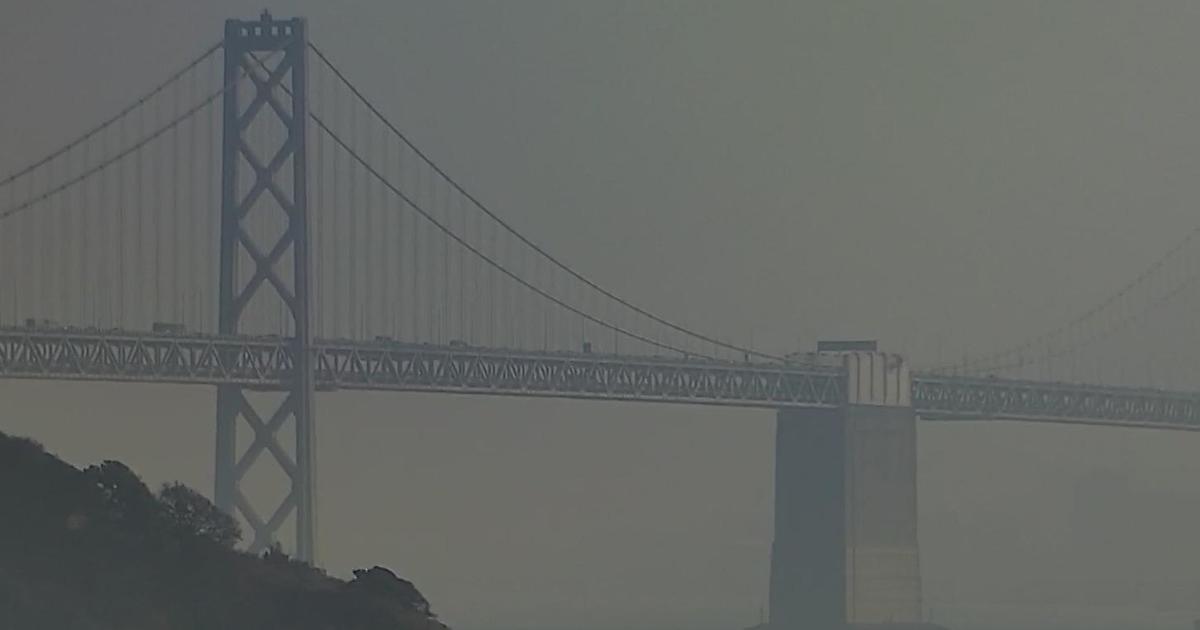JPL: El Niño Weather Conditions Showing No Signs Of Weakening
PASADENA (CBS-SF) – New satellite photos show the waters of the Pacific are getting warmer and the conditions for a strong El Niño aren't showing any signs of weakening, according to researchers at the Jet Propulsion Laboratory.
Josh Willis is project scientist for the Jason missions at JPL. The Jason 2 mission is capturing satellite images from the Pacific for the U.S./European Ocean Surface Topography Mission.
The project released its latest photos on Wednesday.
The images show nearly identical, unusually high sea surface heights along the equator in the central and eastern Pacific: the signature of a big and powerful El Niño, the project said in a press release.
During normal, non-El Niño conditions, the amount of warm water in the western equatorial Pacific is so large that sea levels are about 20 inches higher in the western Pacific than in the eastern Pacific.
"You can see it in the latest Jason-2 image of the Pacific," Willis said. "The 8-inch drop in the west, coupled with the 10-inch rise in the east, has completely wiped out the tilt in sea level we usually have along the equator."
The new Jason-2 image shows that the amount of extra-warm surface water from the current El Niño has continuously increased, especially in the eastern Pacific within 10 degrees latitude north and south of the equator.
"In 2014, the current El Niño teased us -- wavering off and on," Willis said in the release. "But in early 2015, atmospheric conditions changed, and El Niño steadily expanded in the central and eastern Pacific."
"Although the sea surface height signal in 1997 was more intense and peaked in November of that year, in 2015, the area of high sea levels is larger. This could mean we have not yet seen the peak of this El Niño."
https://sealevel.jpl.nasa.gov/elnino2015/2015-animated.gif
While no one can predict the exact timing or intensity of El Niño impacts, the JPL researchers said, for drought-stricken California and the West it's expected to bring some relief.
"The water story for much of the American West over most of the past decade has been dominated by punishing drought," JPL climatologist Bill Patzert said in the release. "Reservoir levels have fallen to record or near-record lows, while groundwater tables have dropped dangerously in many areas. Now we're preparing to see the flip side of nature's water cycle -- the arrival of steady, heavy rains and snowfall."
In 1982-83 and 1997-98, large El Niños delivered about twice the average amount of rainfall to Southern California, along with mudslides, floods, high winds, lightning strikes and high surf.
However, Patzert cautioned that El Niño events are not drought busters.
"Over the long haul, big El Niños are infrequent and supply only seven percent of California's water," he said.
"Looking ahead to summer, we might not be celebrating the demise of this El Niño," Patzert continued. "It could be followed by a La Niña, which could bring roughly opposite effects to the world's weather."



